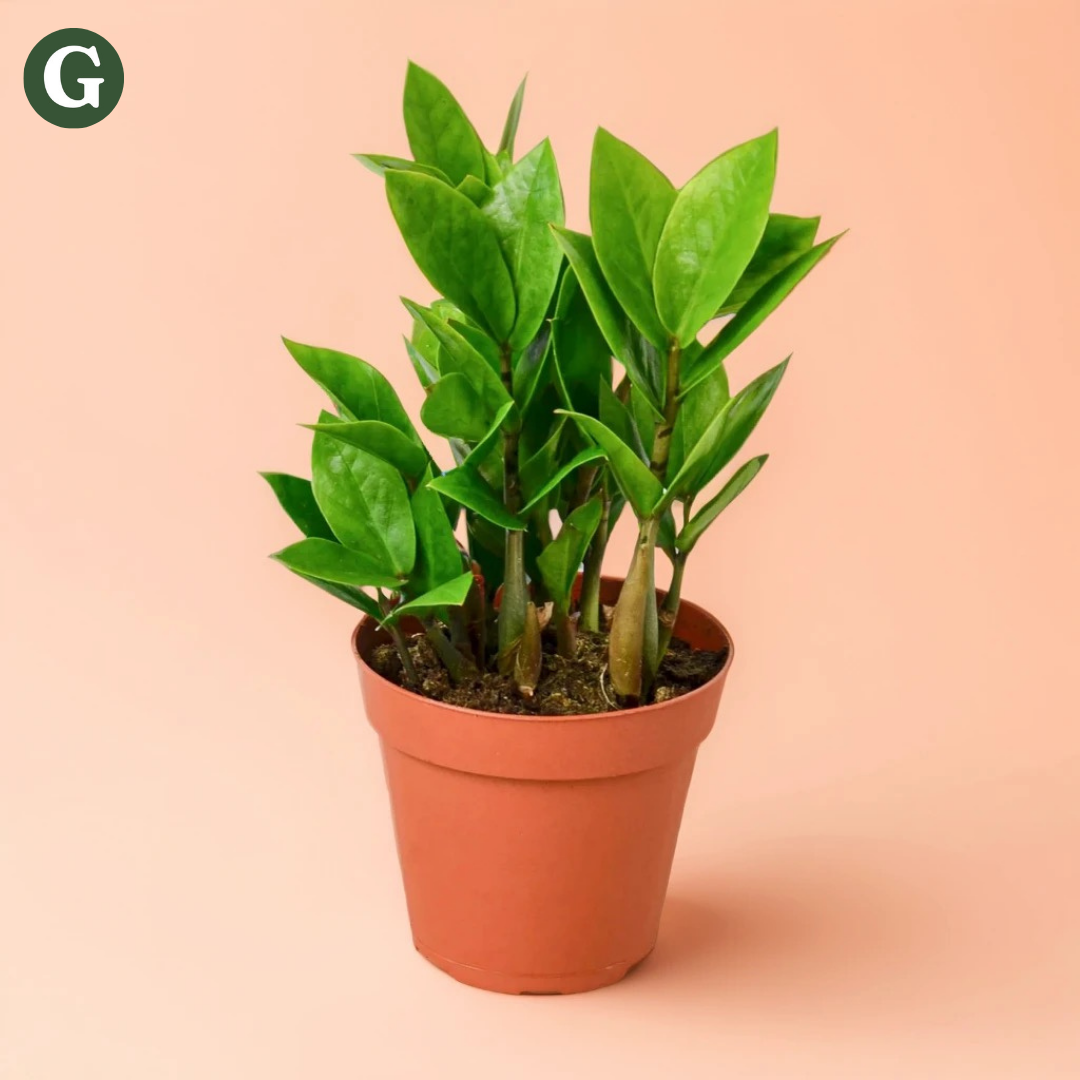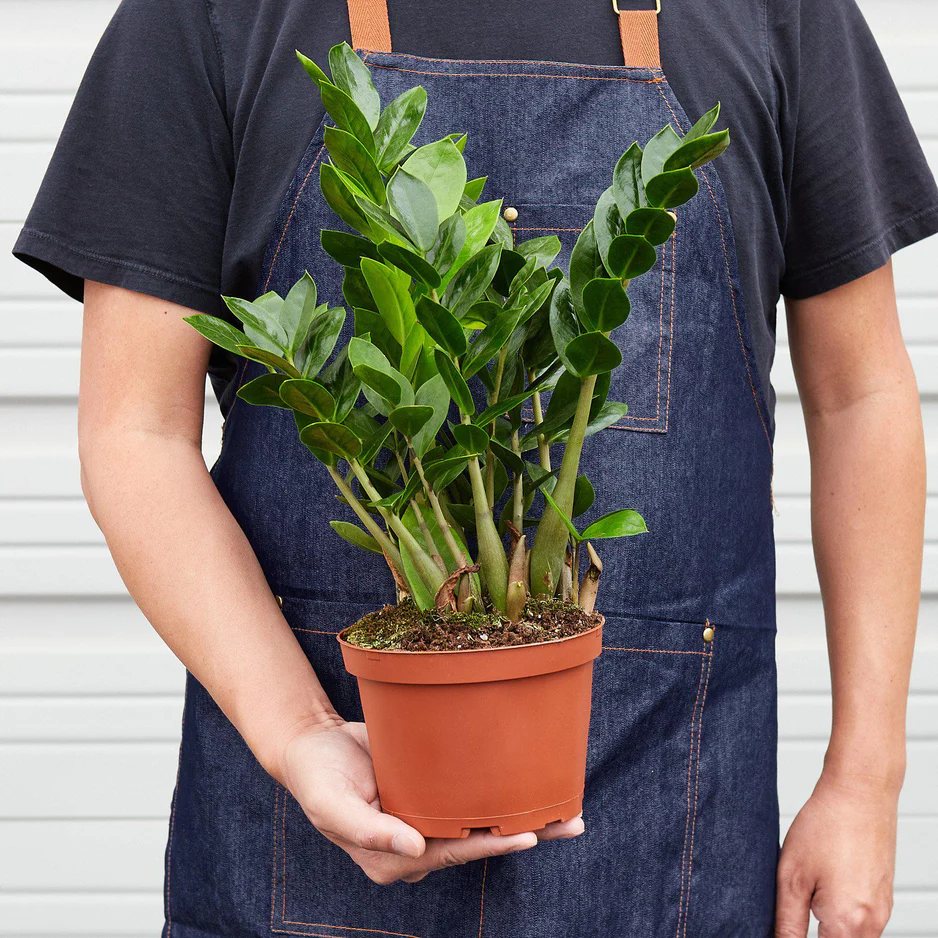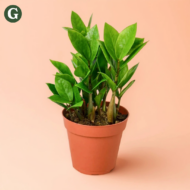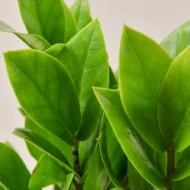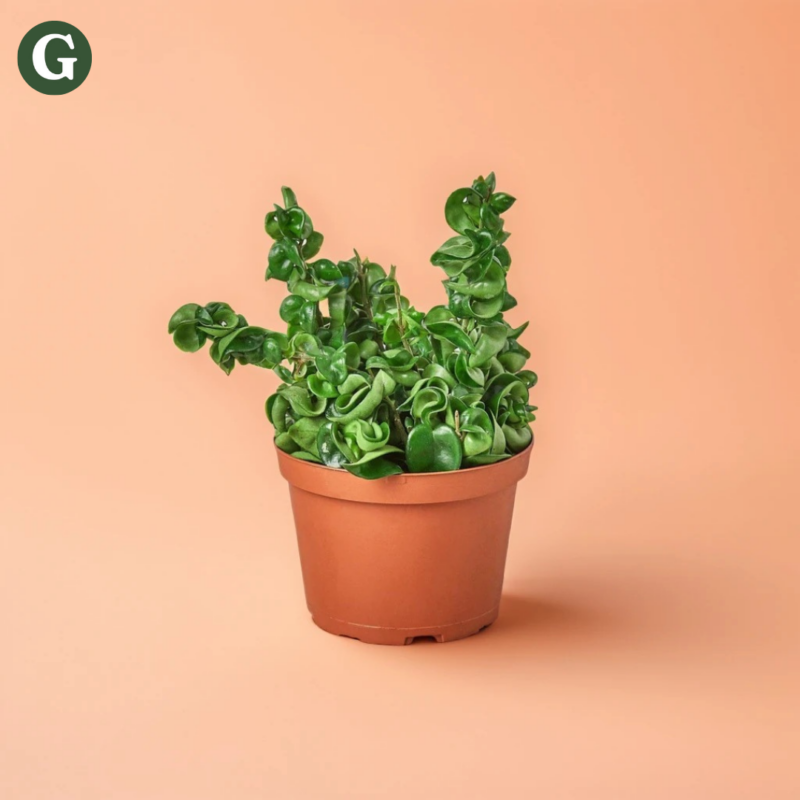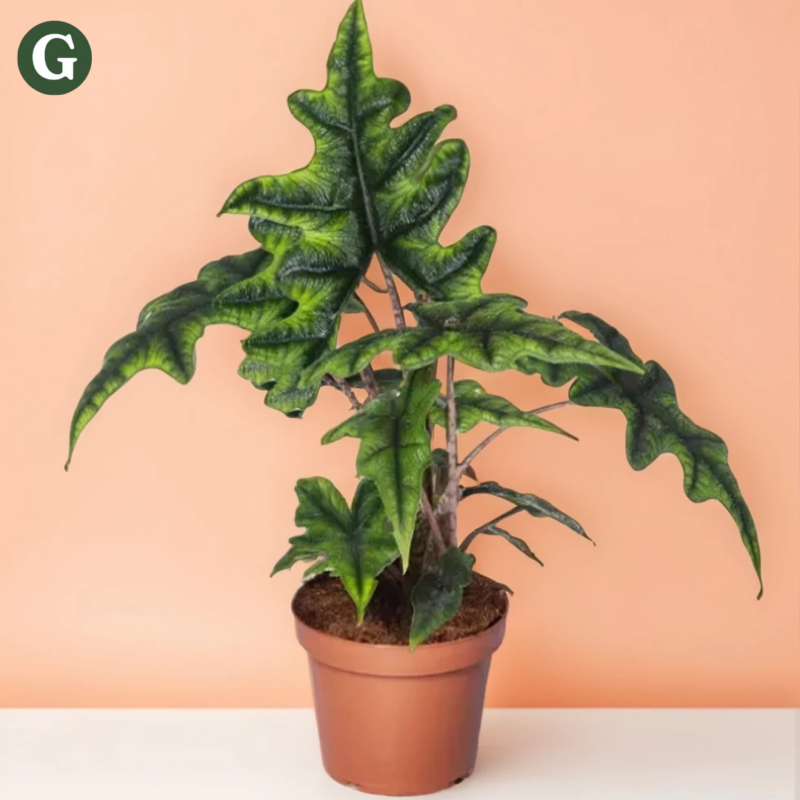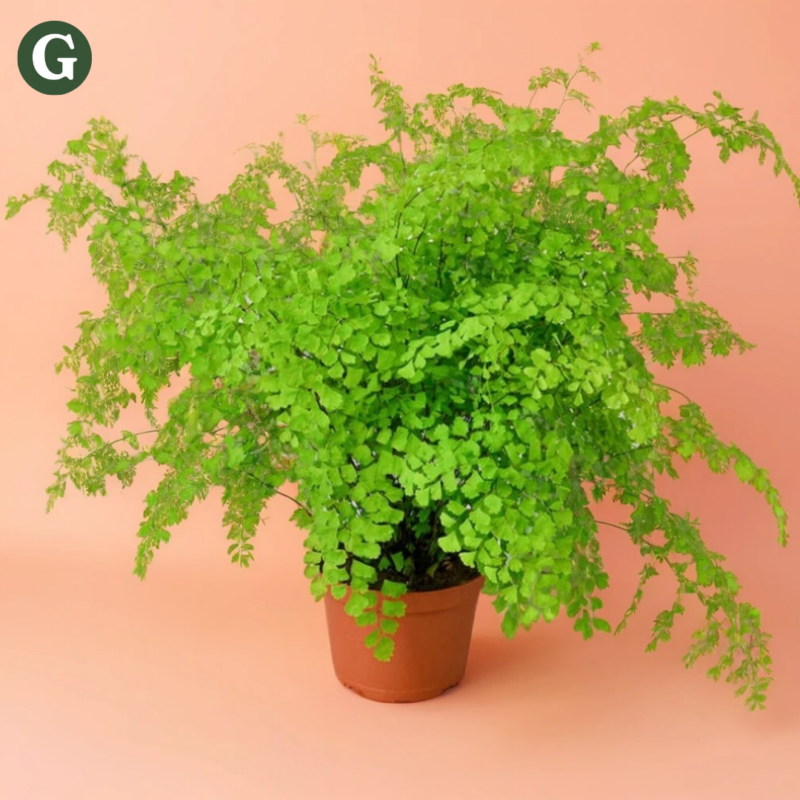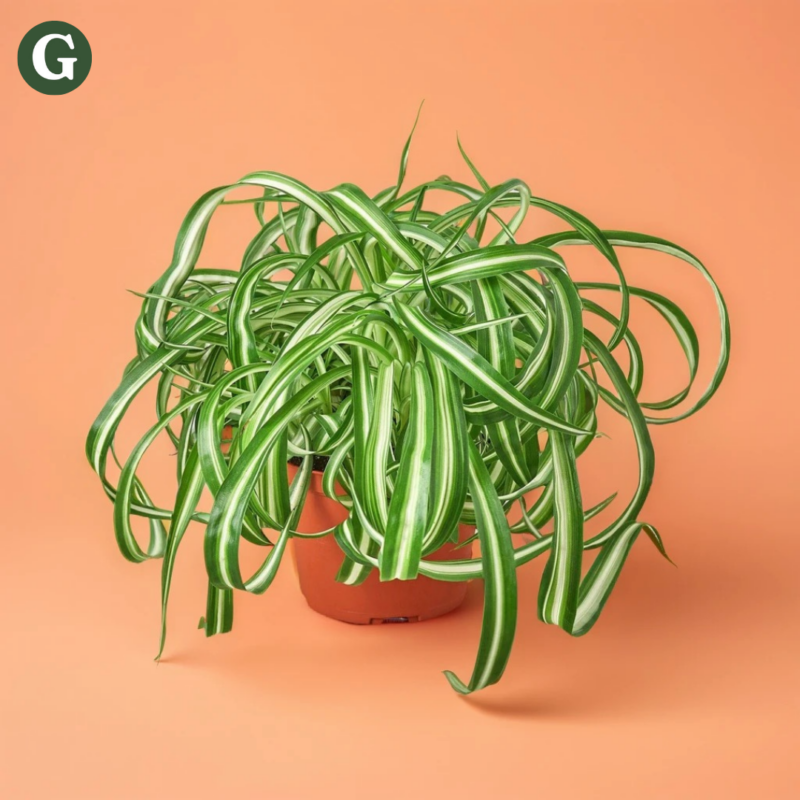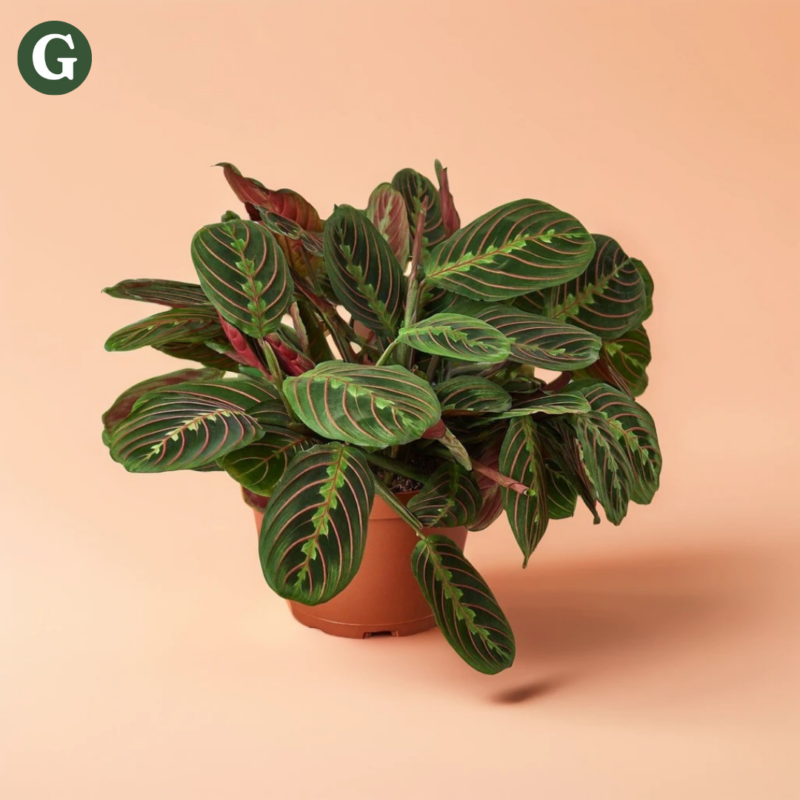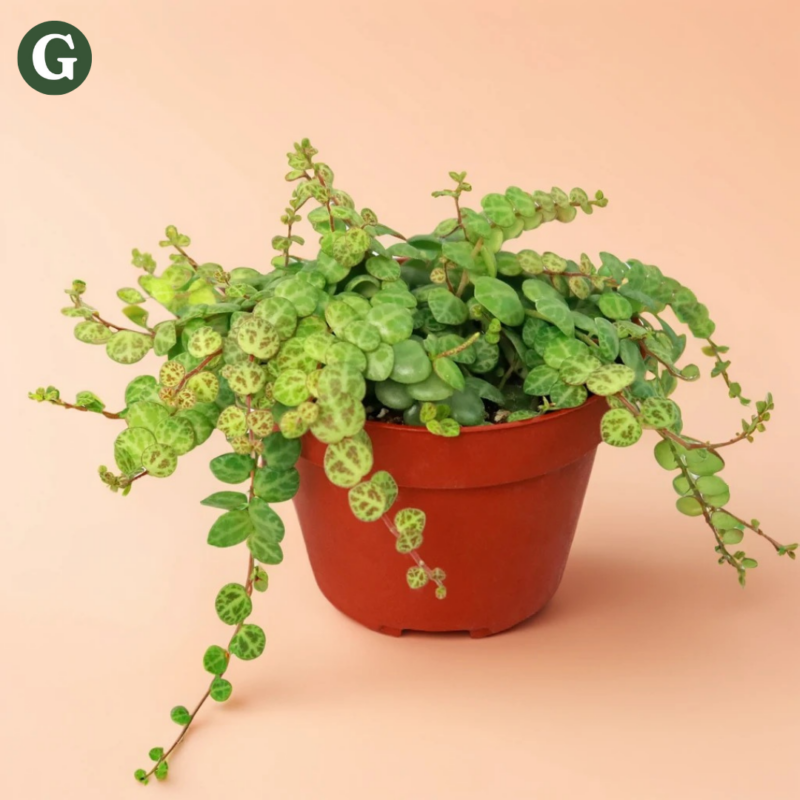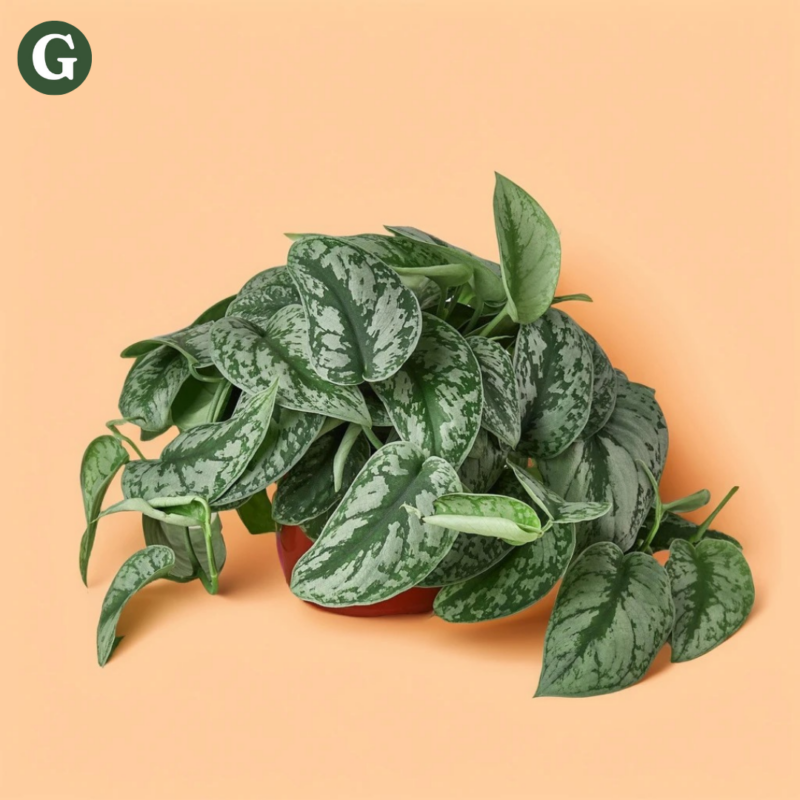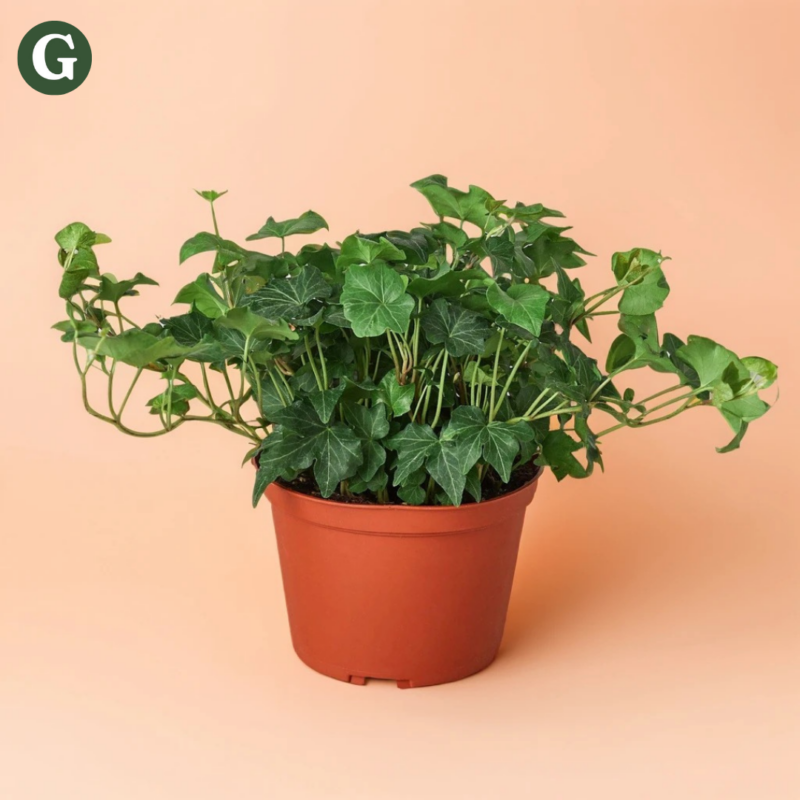ZZ Plant
Botanical Name: Zamioculcas zamiifolia
Common Name(s): ZZ Plant
The ZZ Plant is a popular and highly durable variety of the classic ZZ plant, known for its glossy, dark green, feather-like leaves that add a touch of elegance to any space. This plant is well-known for its resilience, making it a great option for low-light spaces or those with less-than-perfect plant care routines. Its ability to tolerate neglect, drought, and low light makes it an excellent choice for busy homeowners or office spaces.
The ZZ plant thrives in indirect light but can also adapt to low light environments. It prefers well-draining soil and should be watered sparingly, allowing the soil to dry out completely between waterings. ZZ plants are highly drought-tolerant, so it's important not to overwater them, as they are susceptible to root rot in overly moist conditions. The plant is also known for its ability to handle average room temperatures and humidity levels, making it adaptable to most indoor conditions.
Air Purifying Qualities:
- Toxin Removal: The ZZ Plant is highly effective at removing common indoor toxins and pollutants such as formaldehyde, benzene, and xylene, improving the air quality in your home or office.
- Oxygen Production: Like many houseplants, it absorbs carbon dioxide and releases oxygen, contributing to better air quality in your living space.
- Humidity Regulation: While the ZZ Plant does not require high humidity, it can slightly increase moisture levels in dry environments through natural transpiration.
Note: The ZZ Plant is toxic to pets (cats and dogs) if ingested, so it's important to place it out of reach of curious animals. Ingesting parts of the plant can cause symptoms like vomiting, drooling, and digestive discomfort. Keep it safely away from pets to avoid any potential health issues.
Care Insights & Expert Tips
- Fertilizing: ZZ plants don't need frequent feeding, but you can apply a diluted, balanced liquid fertilizer once a month during the growing season (spring and summer). Avoid fertilizing in the fall and winter when the plant is dormant.
- Cleaning: Wipe the glossy leaves with a damp cloth to remove dust and keep the plant looking fresh. This also helps the plant absorb light more efficiently.
- Resilient to Pests: ZZ plants are generally resistant to pests like spider mites, aphids, and mealybugs. However, it's still a good idea to periodically check for signs of infestation, especially if the plant is stressed or weakened.
- Slow Growth: ZZ plants are slow growers, which means they don't require frequent pruning. However, you can trim any yellowing or damaged leaves to maintain a tidy appearance.

Visit our plant care library
Find essential tips to keep your plants thriving, vibrant, and healthy.
